
The Department of Macromolecular Physics was established as the Department of Polymers in 1974. At present, our department is conducting research in the fields of physics of nanomaterials, physics of polymers and macromolecular solids and theoretical physics.
News
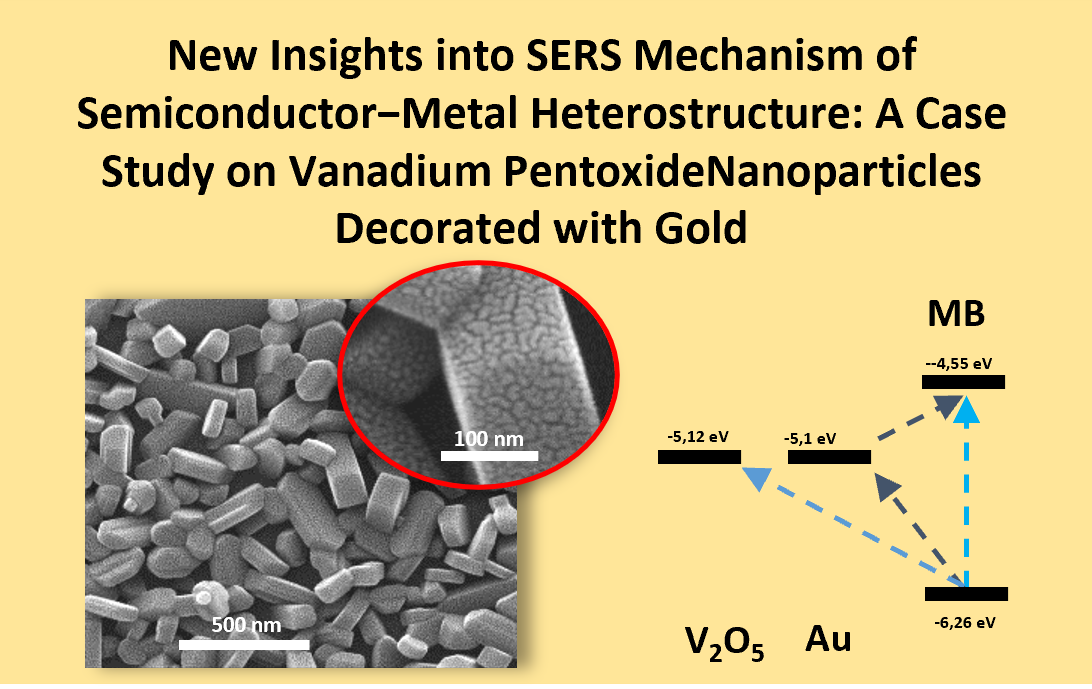
Doc. Kylián participated in a study aimed at determining the mechanism leading to surface-enhanced Raman scattering (SERS) on platforms based on heterogeneous nanomaterials based on V2O5 and Au. The results of this study are summarized in the article "New Insights into SERS Mechanism of Semiconductor–Metal Heterostructure: A Case Study on Vanadium Pentoxide Nanoparticles Decorated with Gold", which was published in a special issue of the Journal of Physical Chemistry C issued on the occasion of the 50th anniversary of the discovery of the surface of enhanced Raman scattering.
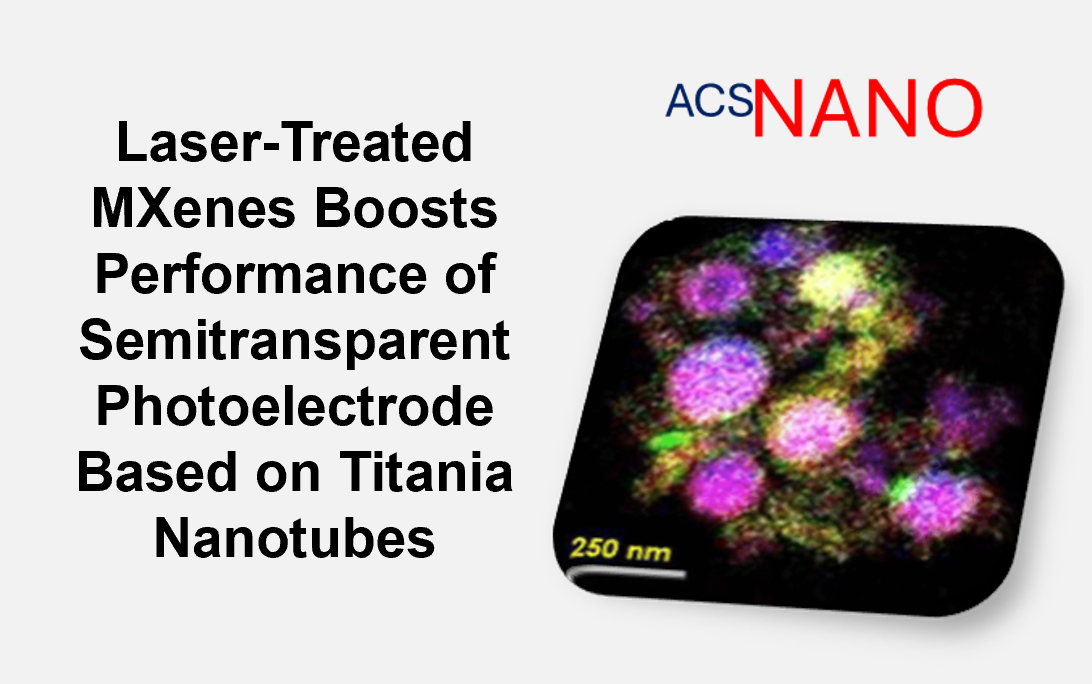
Members of our department participated in a study focused on the development and characterization of electrodes with increased photoactivity based on a combination of TiO2 nanotubes and MXenes. The results of this study, which are particularly interesting with regard to possible applications of these materials in photoelectrochemical and optoelectrochemical systems, are summarized in the article "Laser-Treated MXene as an Electrochemical Agent to Boost Properties of Semitransparent Photoelectrode Based on Titania Nanotubes" just published in the journal ACSNano.
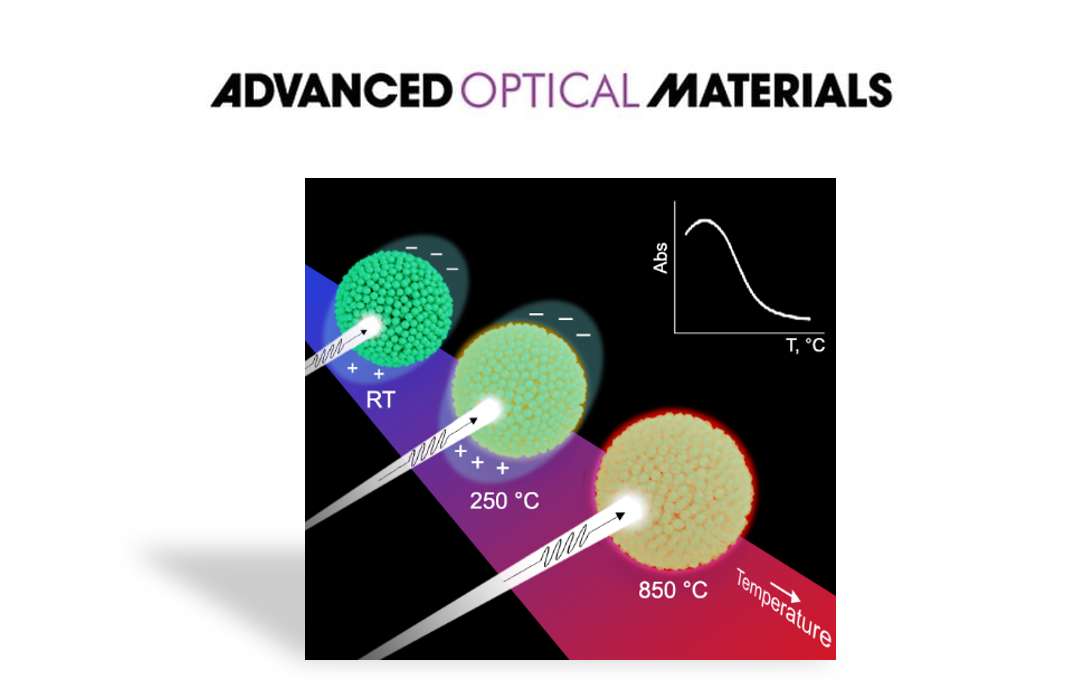
In a paper published in the journal Advanced Optical Materials, a group led by A. Shukurov demonstrated that stoichiometric and crystalline HfN nanoparticles with tunable optical response can be produced in the gas phase using reactive magnetron sputtering – a technique with a small ecological footprint. In addition, it has been proven that the nanoparticles are highly stable even during UHV annealing up to 800 °C, which is attractive for their use, for example, in space missions.
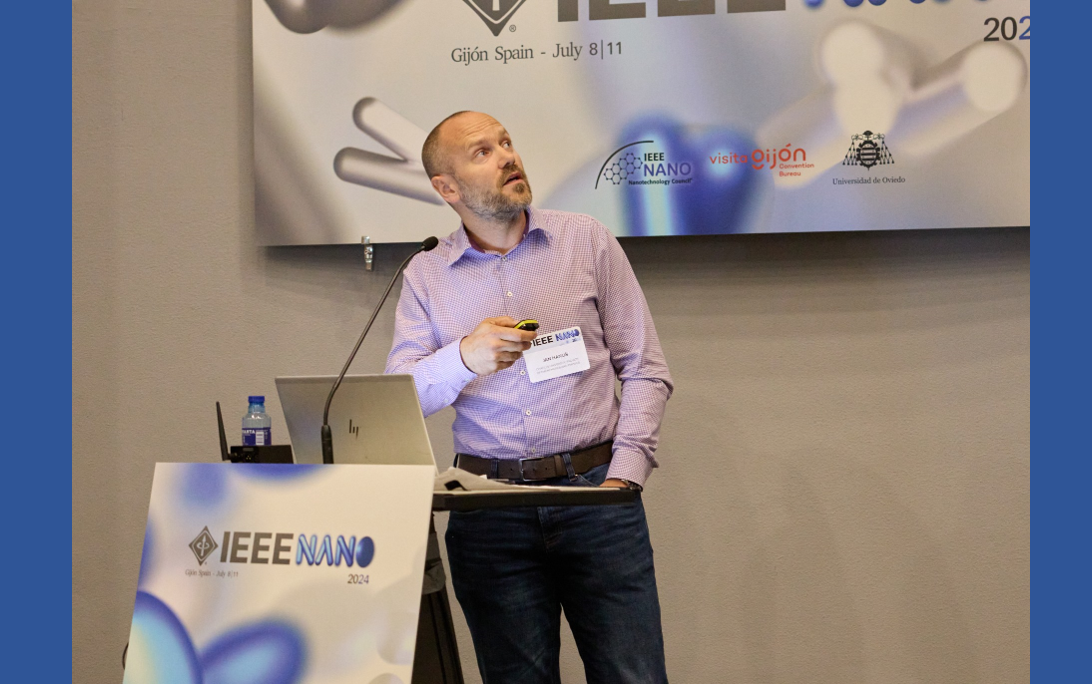
On July 8-11, 2024, the 24th IEEE International Conference on Nanotechnology was held in Gijón, Spain.
As part of this conference, doc. Hanuš presented an invited lecture with the title "Advances in Nonwettable Nanostructured Coatings: Harnessing Gas-Aggregated Nanoparticles for Enhanced Surface Functionality".
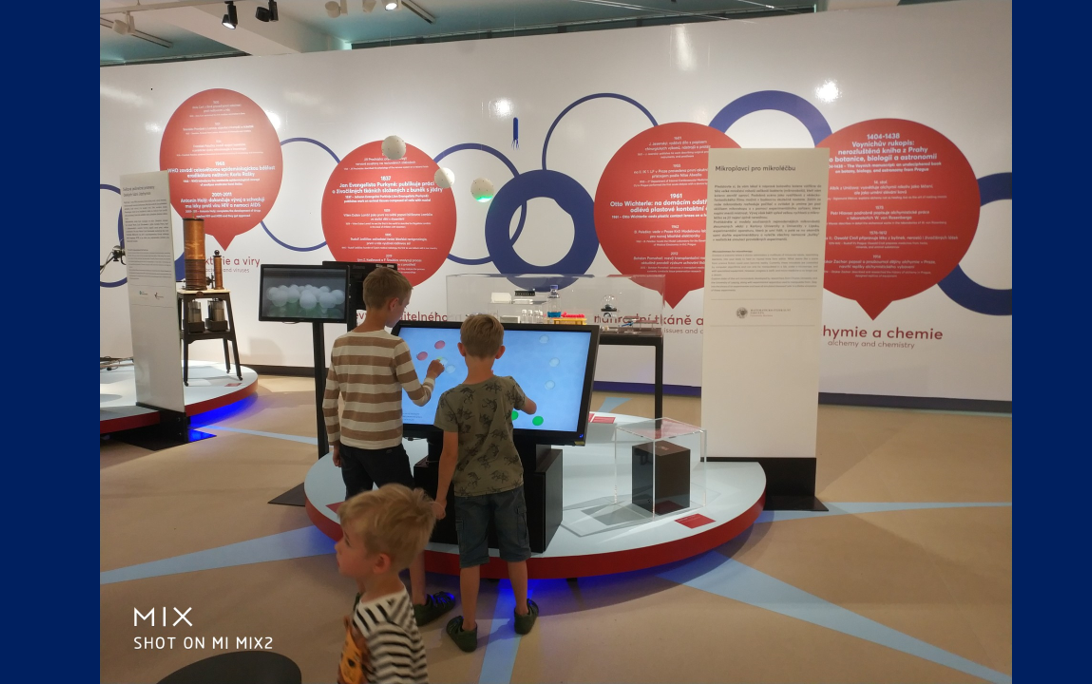
As part of the exhibition 'Czech Brains Heal the World' at the National Technical Museum in Prague, visitors can now experience firsthand the role of an experimenter controlling microscopic active particles that we work with. Their research may one day enable medical procedures similar to the one described in the film 'Fantastic Voyage,' where a blood clot in the brain is removed using a microscopic submarine injected into the body.
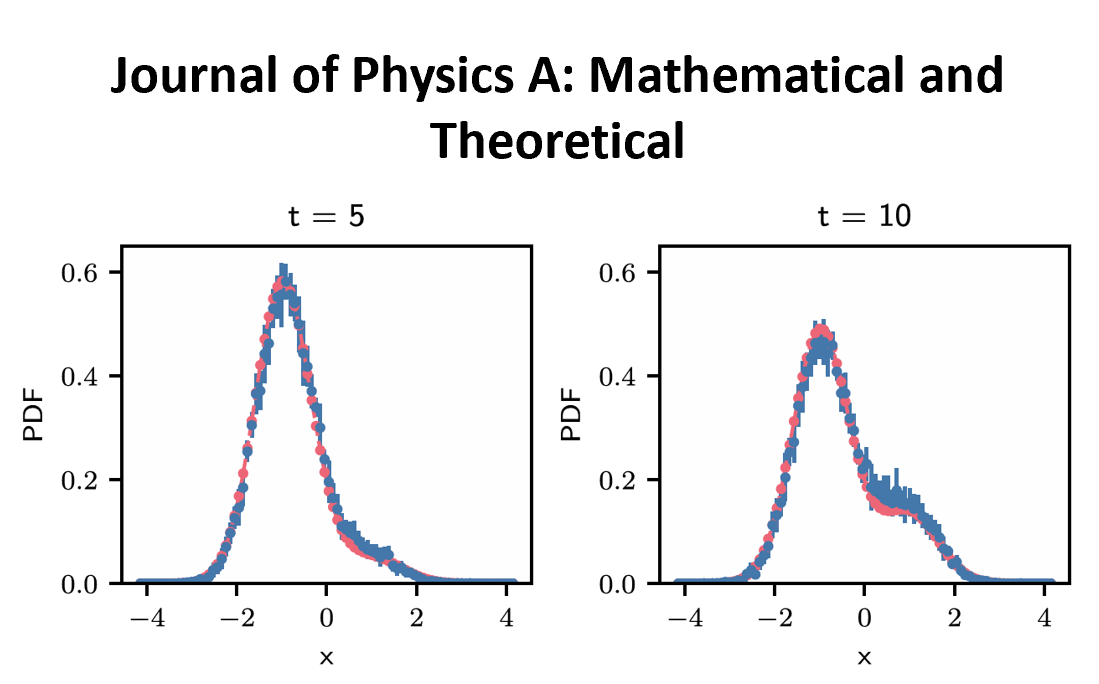
Systems controlled by delayed feedback, such as cruise control in cars, are all around us. Despite often operating in environments where ambient noise plays a significant role in their dynamics, there is a lack of numerical tools to study the impact of noise. In our article, we present a new method to obtain the probability densities for fluctuations in noisy feedback systems through direct numerical integration of a certain partial differential equation.
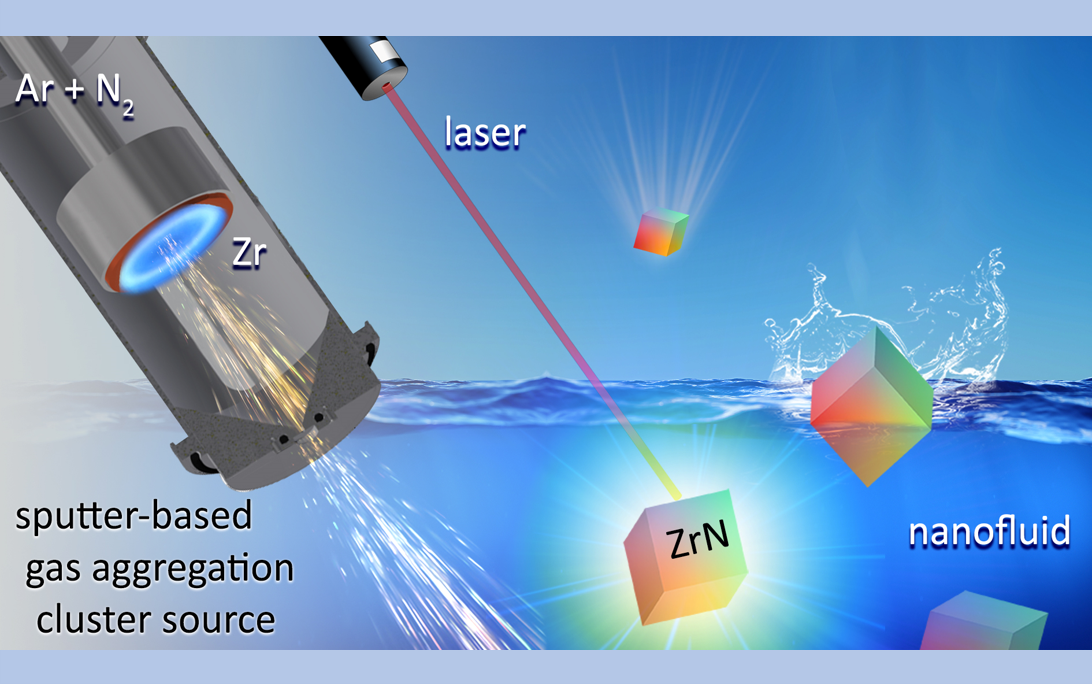
In an article published in the journal Nanoscale, the group of A. Shukurov described the first successful synthesis of cubic, crystalline, stoichiometric, electrically conductive and plasmonic ZrN nanoparticles in the gas phase using reactive magnetron sputtering without the use of aggressive chemicals or high temperatures. ZrN nanoparticles were deposited directly even into vacuum-compatible liquids. The nanofluids prepared in this way have a beautiful turquoise color, given by localized surface plasmon resonance, and do not contain any chemical residues or additives.
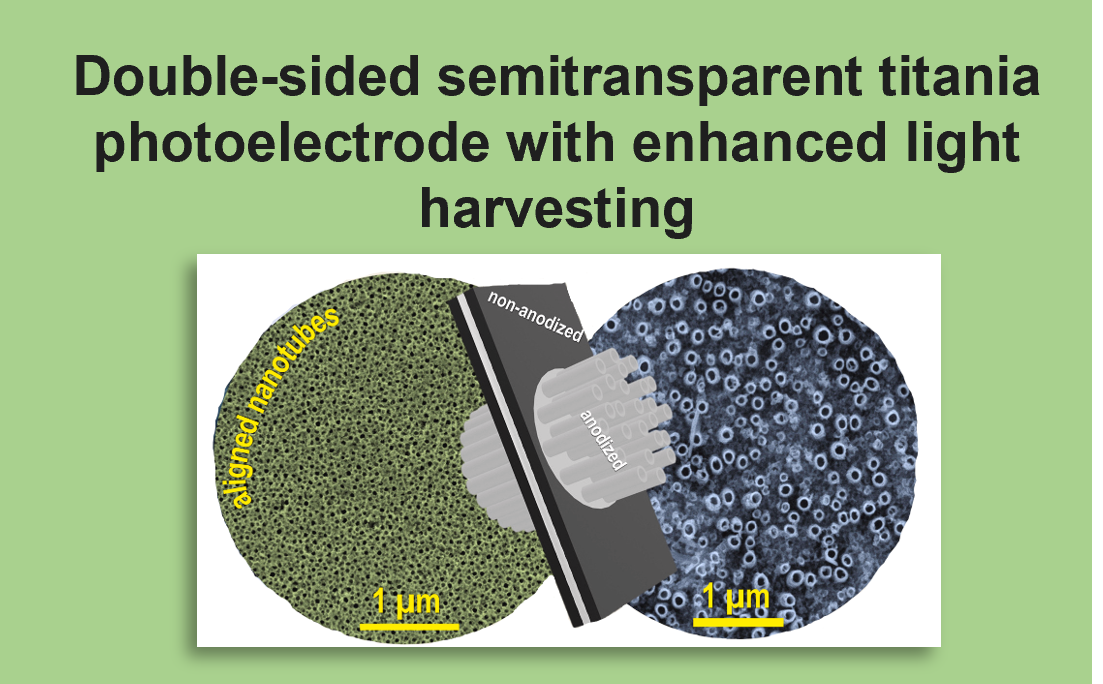
As part of an international project with partners from Poland and the University of South Bohemia in České Budějovice, we participated in the development of a unique type of semitransparent double-sided photoelectrode based on TiO2 nanotubes. In a study just published in the journal Renewable & Sustainable Energy Reviews, we have demonstrated the possibility of using plasma methods and subsequent anodization to prepare TiO2 nanotubes with different morphologies on both sides of the photoelectrode, which paves the way for the development of advanced photoelectrochemical and light-harvesting systems.
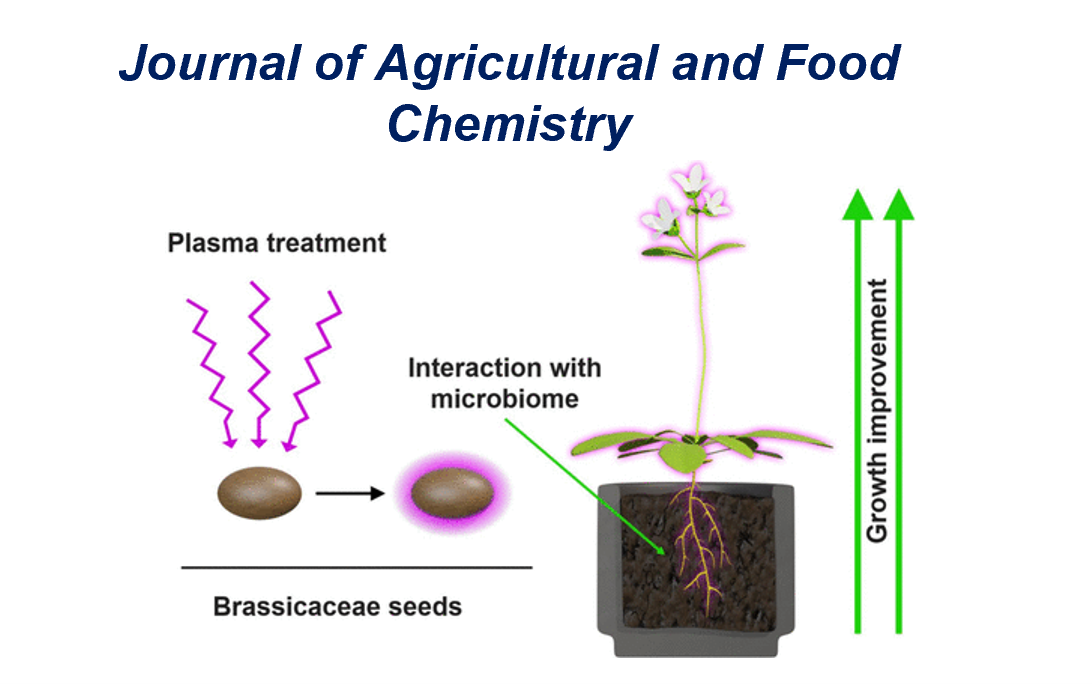
Is it possible to use plasma in agriculture? The article "Plasma Treatment Modifies Element Distribution in Seed Coating and Affects Further Germination and Plant Growth through Interaction with Soil Microbiome", which was just published in the Journal of Agricultural and Food Chemistry, and in which O. Kylián participated, tries to find an answer to this question.
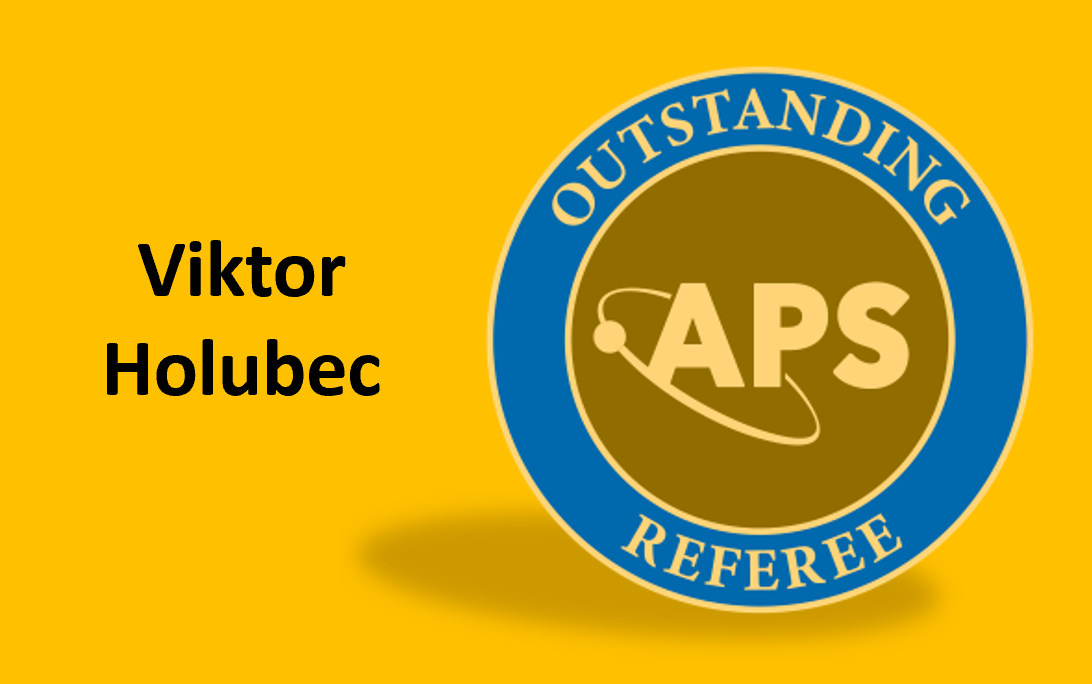
We would like to congratulate V. Holubec on being one of only two scientists from the Czech Republic to be awarded APS’s 2024 Outstanding Referee.
More details and a complete list of awarded scientists may be found here.

Together with colleagues from the Institute of Physics of the Academy of Sciences of the Czech Republic, we are organizing a traditional German-Czech workshop on nanomaterials. This workshop will be held on June 10 and 11, 2024 in the premises of the Institute of Physics.
More details may be found here.
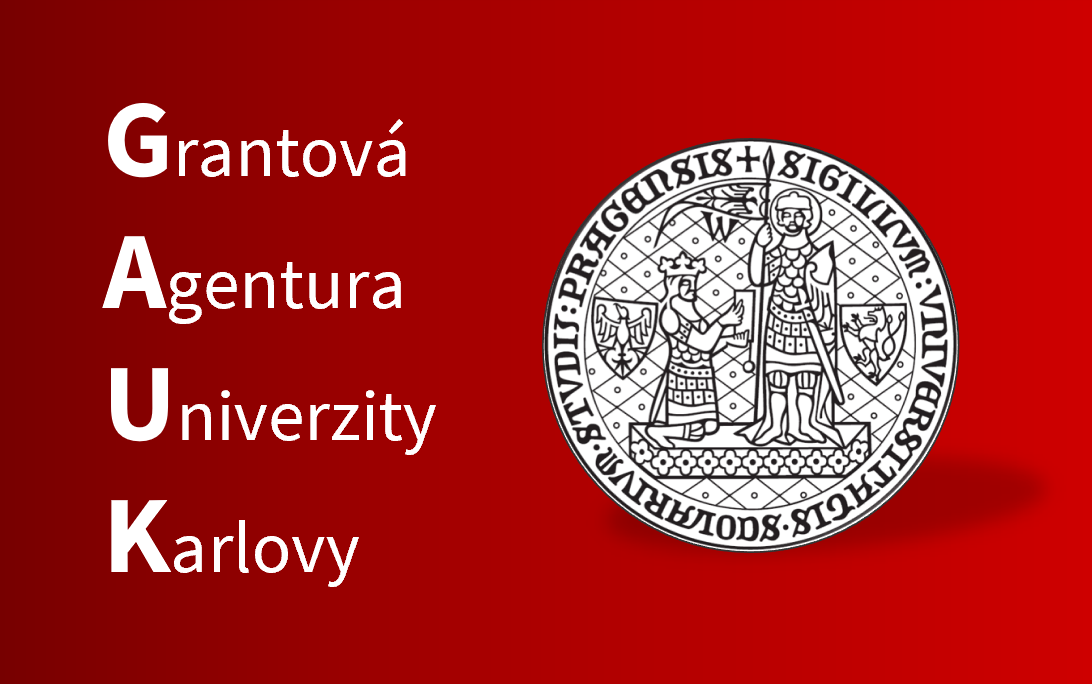
Congratulations to our students for receiving funding for their research projects from the Charles University Grant Agency! Greetings come to:
- D. Voráč: Elusive delayed interactions in active matter
models - E.P. Cital: Generalization of thermodynamic uncertainty relations for underdamped systems
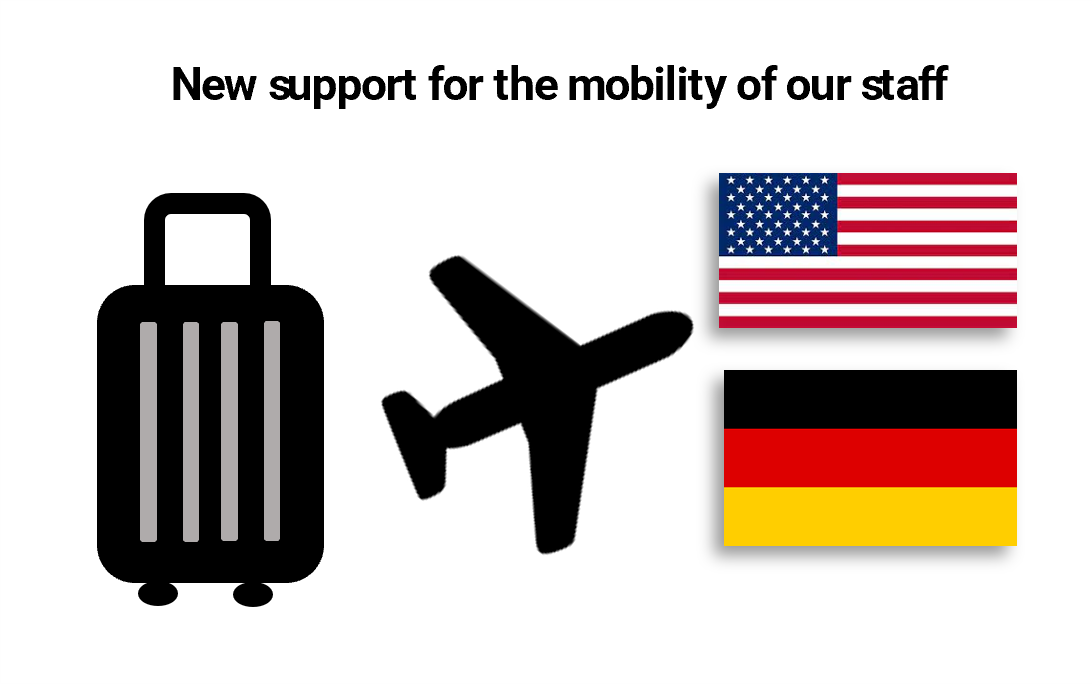
Z. Krtouš and V. Březina received funds to cover the costs associated with their internships at prestigious foreign institutions:
- V. Březina: Peter-Debye-Institute fro Soft Matter Physics, Uni Leipzig, Germany
- Z. Krtouš: University of California, Santa Barbara, USA
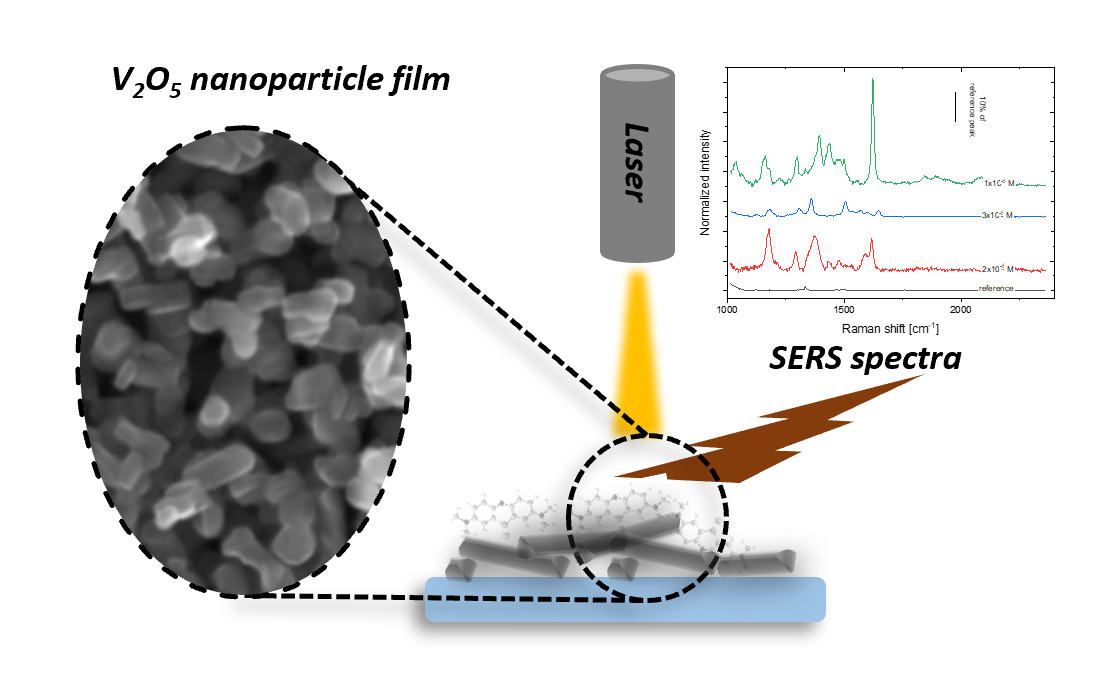
Nanoparticles of metal oxides have very wide applications in various fields. As we have shown in the just published article in Ceramics International, an interesting application of V2O5 nanoparticles is their use as a platform for non-plasmonic surface-enhanced Raman spectroscopy.

As part of an international scientific project, we participated in the development and preparation of new semi-transparent titanium oxide nanotubular coatings doped with silver with tunable morphology.
The results of this study were published in the journal ACS Applied Nano Materials.

As the recent epidemic of COVID-19 has shown, to ensure safety, it is necessary to have materials available that enable the effective destruction of viruses. O. Kylián, in cooperation with JU, participated in the development of a unique antiviral coating for respirators, which is based on galvanic corrosion of copper. More can be found in the publication published in the journal ACS Applied Nano Materials.

